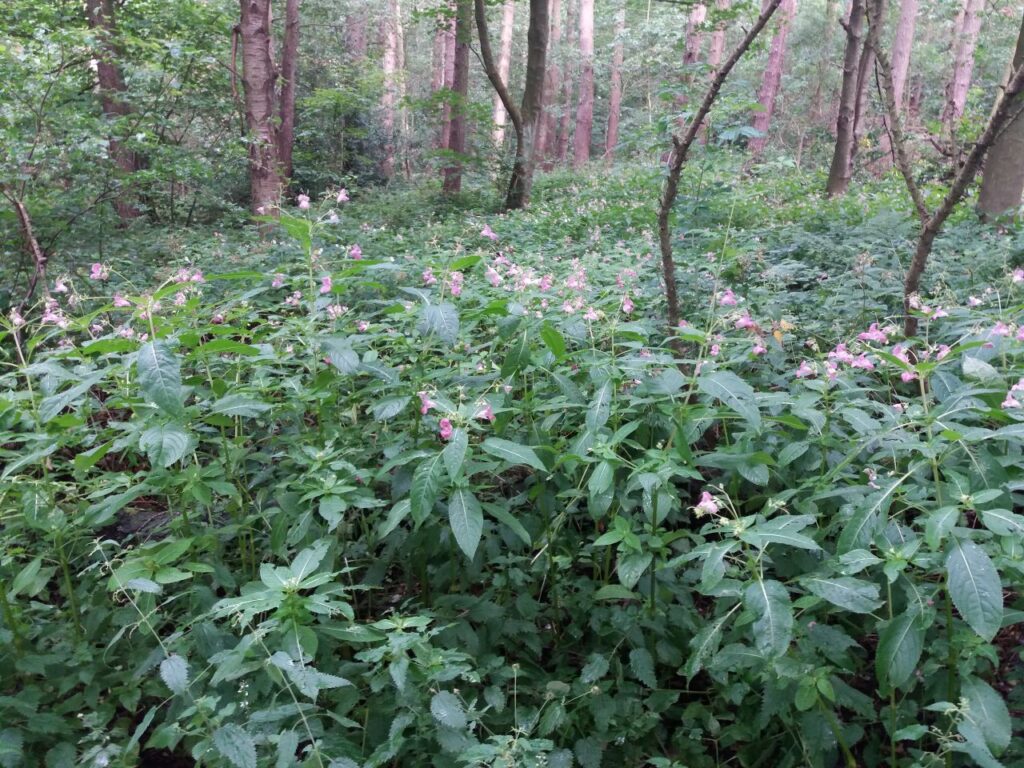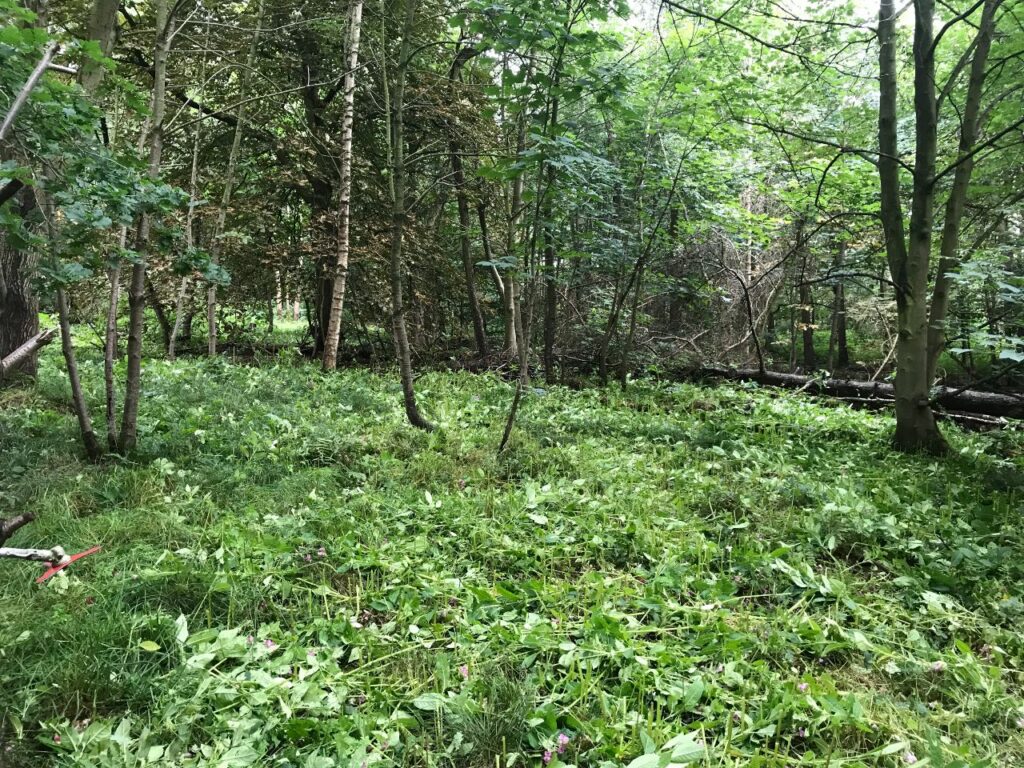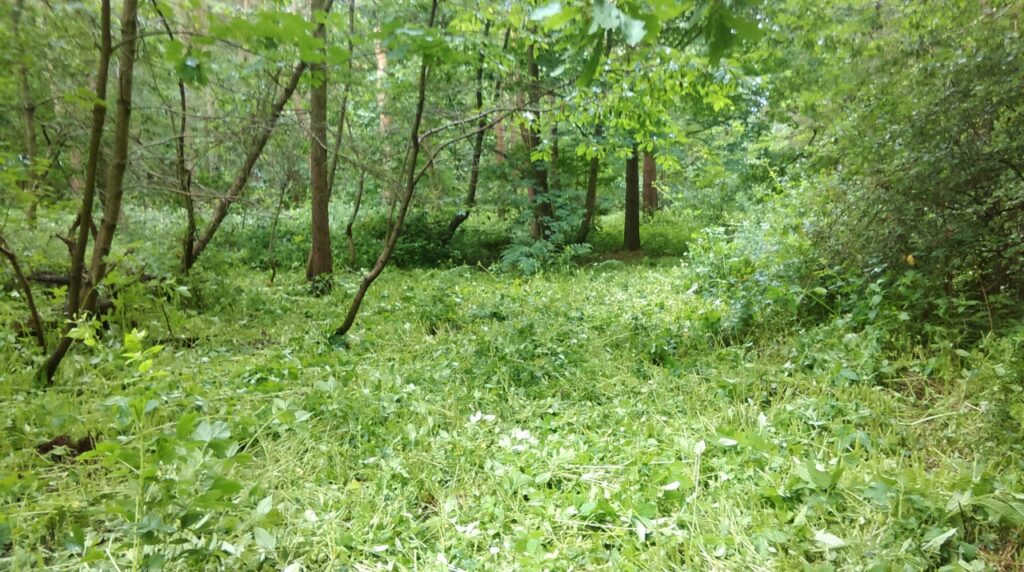
Negatively impacting native species
A conservation group in Harrogate aims to conserve, restore and enhance woodland in the Harrogate district.
A 96-acre woodland was infested with Himalayan Balsam. It was out-competing native species and affecting biodiversity in the wood – so the conservation group contacted us to discuss options for its reduction or removal.

